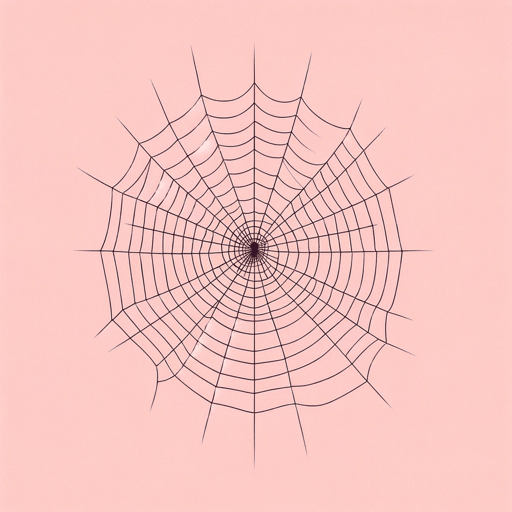19 pages • 38 minutes read
Mary HowittThe Spider And The Fly
Fiction | Poem | Middle Grade | Published in 2002A modern alternative to SparkNotes and CliffsNotes, SuperSummary offers high-quality Study Guides with detailed chapter summaries and analysis of major themes, characters, and more.
Background
Literary Context
The Howitts’ work was central to the literary world in their day. However, they have since been more or less forgotten. Few biographies exist, and Mary’s poetry has disappeared from view with the exception of “The Spider and the Fly.”
Howitt fell out of favor due to the changing tide in children’s literature in the latter half of the Victorian era, when it moved from a didactic and prescriptive tone to a playful one. Lewis Carroll, who liked to claim his books did not have any morals, heralded this shift with Alice’s Adventures in Wonderland, and poked fun at earlier verse like Howitt’s within his texts. After Carroll, books for children stayed within the imaginative vein with writers like Edith Nesbit, J. M. Barrie, and Kenneth Grahame creating fanciful worlds. Even more blatantly moral-minded fairy tales from Hans Christian Andersen and British author Oscar Wilde relied on embedded morals rather than stated, explicit ones.
Still, “The Spider and the Fly” was considered timeless and its characters memorable. Lines and references continue to be seen in popular songs, film, novel titles and epigraphs, and in images of anthropomorphized insects. Writing for the Dictionary of Literary Biography, Nicholas R.

